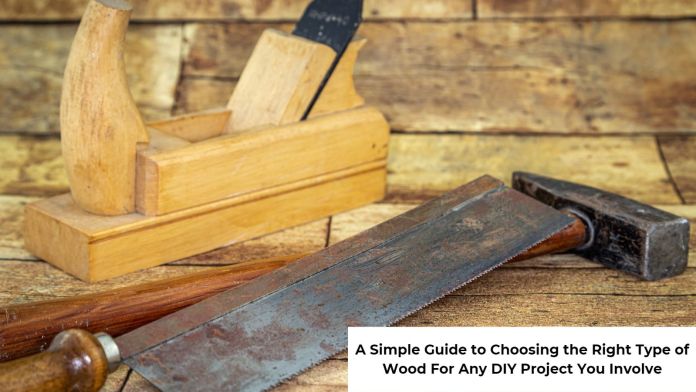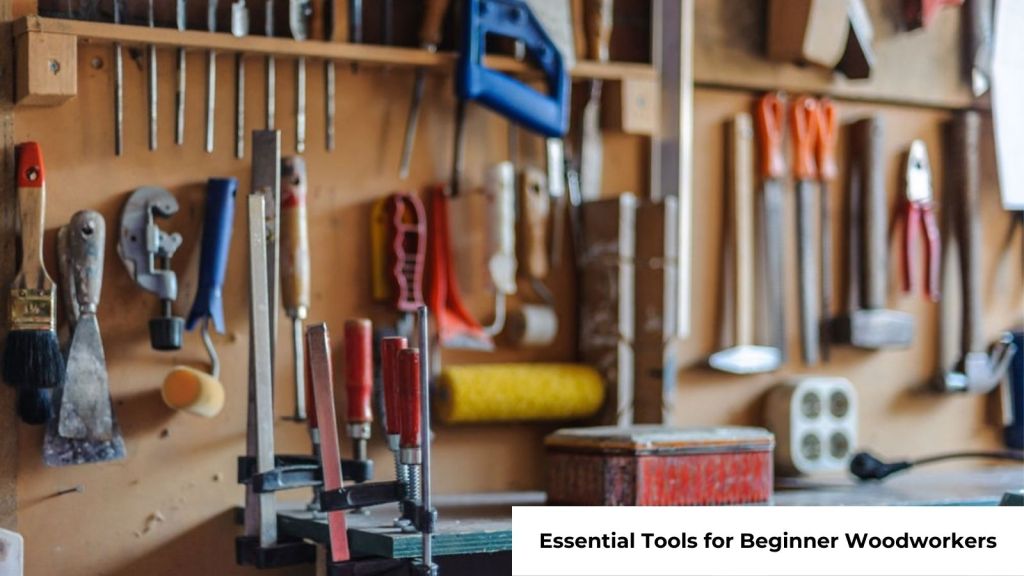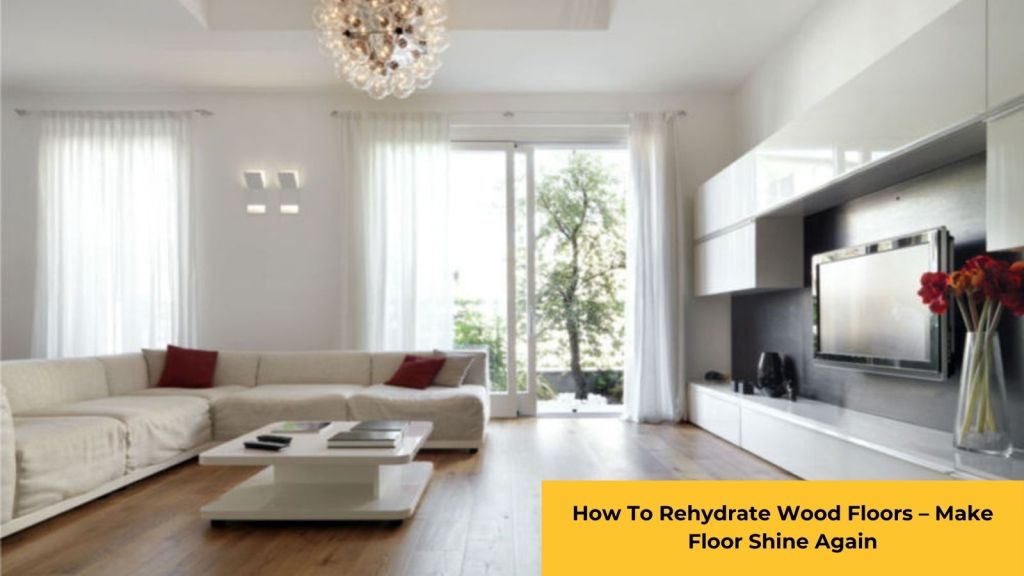Your choice of wood is crucial for the success and longevity of any project where this material is needed. This guide simplifies the process and provides a framework to help you select the perfect wood. From understanding wood characteristics to considering factors like durability, aesthetics, and cost, we empower you to make informed decisions and create enduring pieces. Let’s explore the key factors in choosing the right wood for your project.
Popular Types Of DIY Projects Involving Woods As Materials
Wood is a versatile material popularly used for many DIY projects. Here are some popular types of DIY projects that often involve wood as the primary material:
- Furniture Making: Building your furniture, such as tables, chairs, shelves, or bed frames, allows you to customize the design and create pieces that fit your style and space.
- Home Decor and Accessories: Wood can create various home decor items, including wall art, picture frames, mirrors, plant stands, and candle holders.
- Outdoor Projects: Building outdoor structures like decks, pergolas, garden benches, or planter boxes can enhance your outdoor living space and provide functional and aesthetic value.
- Storage Solutions: DIY storage projects using wood, such as cabinets, bookshelves, storage boxes, or closet organizers, can help optimize space and organize belongings.
- Pet Furniture: Crafting pet-related items like dog houses, cat trees, or pet feeders can provide comfort and convenience for furry friends.
- Woodworking Crafts: Small woodworking crafts like cutting boards, coasters, wooden toys, or decorative items offer opportunities for creativity and gift-giving.
- Renovation and Restoration: Wood is often used in renovation and restoration projects, such as replacing flooring, trim, or doors or refinishing old furniture to give it a new lease on life. Read more: Steel Vs Wood Garage Doors – Which is More Beneficial?
- Outdoor Structures: Building structures like sheds, gazebos, or playhouses can add functionality and character to your outdoor space.
8 Factors Affecting Your Choice Of Wood
Choosing the right type of wood for your project involves various factors. Here are a few tips:
- Determine the Purpose: Consider the purpose and environment of your furniture. Indoor or outdoor? Heavy use or exposure to moisture? This determines the necessary wood characteristics for your project.
- Consider Durability: Choose durable woods for high-traffic furniture: oak, walnut, or maple. Opt for weather-resistant woods like teak or cedar for outdoor projects.
- Evaluate Workability: Consider your woodworking skills and tools. Some woods are easier to work with than others. Softer woods like pine or poplar are more forgiving for beginners, while hardwoods like oak or mahogany may require advanced woodworking techniques. Research the wood’s workability and determine if it matches your skill level and available tools.
- Assess Appearance: Wood species have distinct appearances, including grain patterns, color variations, and textures. Consider the aesthetic you desire for your furniture. Do you prefer a natural, rustic look or a sleek, modern appearance? Choose a wood species that complement your design vision from Ducerf.
- Factor in Cost: Wood prices don’t include additional costs. Exotic hardwoods are pricier, while domestic or softwood options are more affordable. Factor in finishing materials and woodworking tools. Set a budget and choose a wood species within your financial constraints.
- Research Sustainability: If environmental sustainability is essential to you, research the sustainability of the wood species you’re considering. Look for woods certified by organizations like the Forest Stewardship Council (FSC), which ensures responsible forestry practices.
- Seek Expert Advice: If you need clarification on the correct type of wood for your project, consult with woodworking professionals or knowledgeable staff at lumberyards. They can provide expertise and experience.
- Test Samples: Obtain wood samples to assess appearance and texture. Hands-on experience helps in decision-making.
Read more: How To Clean Unfinished Wooden Floors.
Summing Up Before You Go …
By considering these factors and your specific project requirements, you can choose the right type of wood poplar cladding that aligns with your needs, preferences, and budget. Choosing the right type of wood for any DIY project is no longer difficult. For a more interesting read on GHC, see a few suggestions below:





















